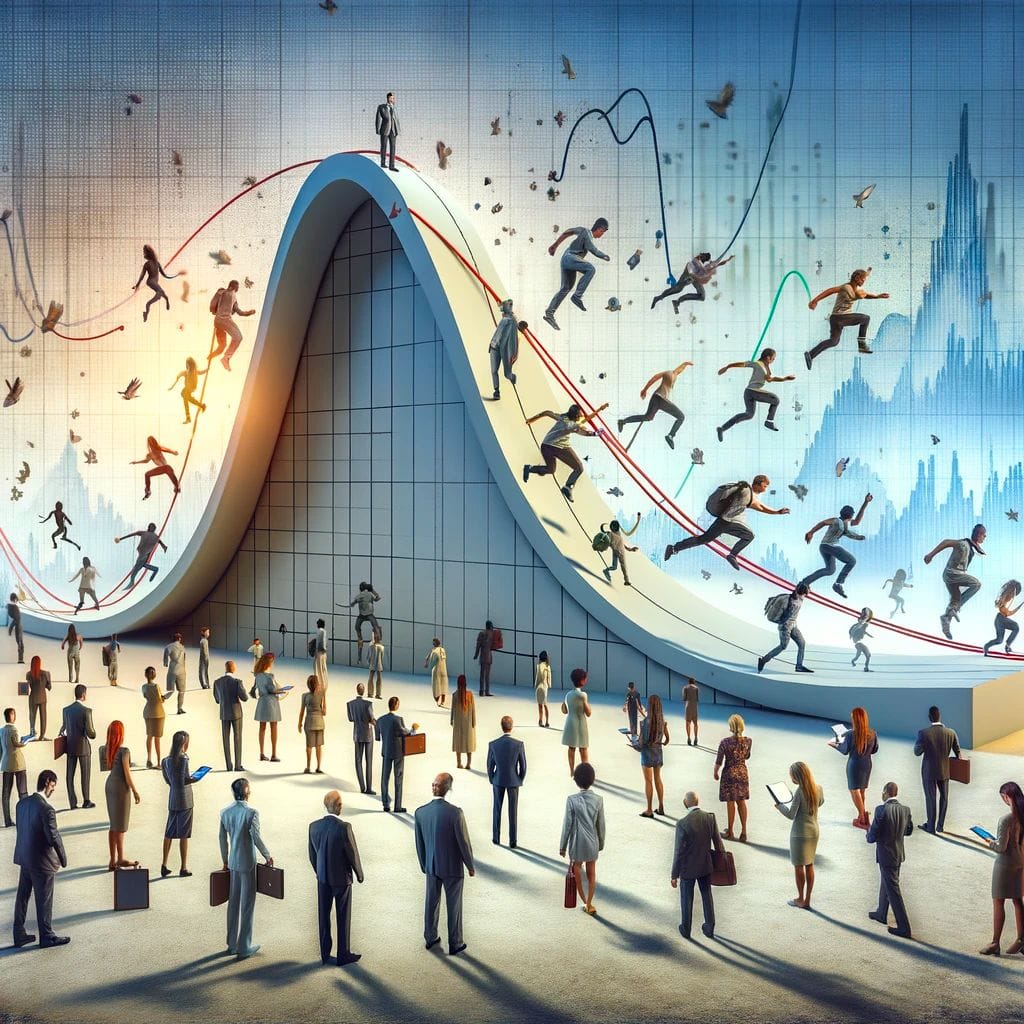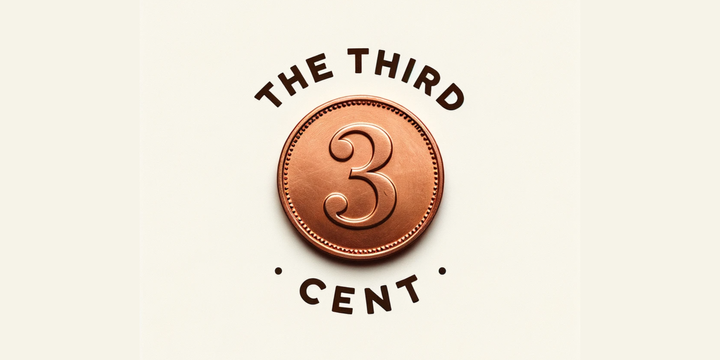Looking beyond metrics

Introduction
“What gets measured gets done.”
Have you ever considered how critical measurement is in achieving our goals? This axiom is a guiding principle for managers and educators alike. Take, for instance, the challenge of frequent power cuts (remember sitting without power the whole of yesterday?). The first step a modern manager would recommend is not a direct intervention but measuring the current frequency of these outages. By quantifying the problem, we can methodically work towards reducing it, step by step. Whatever solutions you can come up with, you can prioritise and then
Let’s take another example - The case of classroom attendance. Most institutions in our county now deem attendance necessary, often tracking it through biometric systems. This approach isn't arbitrary; it's founded on the principle that you cannot improve what you can't measure. Grades and class participation marks follow the same logic. They are not just metrics but tools for enhancement. And they have to be understood in that spirit.
Thanks to modern technology, everything we do gets measured. Number of steps I’ve taken today, check! Amount of screen time I’ve had, check! The number of calls, emails, SMSes, whatsapp messages, everything is measured. There are also so many things that get measured without me knowing about it.
When Dr. Ajay Kohli came to IIM Calcutta for a research seminar, he told us “Give a researcher enough time, money, and man power, they can figure out a way to measure anything - even the mother’s love for her child”. You can’t really disagree with him. I think we can figure out a solution to measure mother’s love as well - if we really want to.
Whatever we have discussed so far is not something new. You have already learned in class in your operations courses. Some of you may have invented your own techniques to perform such measurements and begin a cycle of improvement.
But then, this is only part of the story.
In this article, we will briefly touch upon what I think is the rest of the story. I would like to have a conversation about this with you, at some point in time. Let me begin presenting my argument now.
The issues with measurement
If What gets measured gets done, then what cannot be measured will never get done. Take a minute to let that sink in. If you cannot measure something, then chances are, it will never get done. Yes, it’s true that you may be able to figure out a way to measure most things in the world (including mother’s love), but there are only so many thing you can measure at any given point in time. Else, we will have to employ resource allocation algorithms as a part of our every day life with no scope for human agency.
Think about a situation when you expected to have only 20 minutes of phone calls, and only 6 hours of screen time, 7 hours of sleep, and 10 minutes to use the washroom, and so on. Can you see how this can happen? Unlike atoms and software programmes, we humans do have some sense of agency and we do need to exercise it once in a while.
This is precisely why KRAs that are provided in any job description document has maybe four or five points and nothing more. Adding more points would be easy to do, but really difficult to implement. Therefore, organizations make it a policy to measure what is considered ‘normal’. There is a 6 sigma variation. And in most cases, we beat the human spirit to ensure that they never become outliers on either spirit.
However, some managers take this to the extreme and end up micro-measuring and micro-management, which may seem logical since you can track everything that is usually seen in a negative light and meets resistance.
A leader’s greatness is shown in their ability to balance robust measurement and human agency. In fact, any act of leadership can be interpreted as an attempt at distorting “what gets measure gets done” axiom. These leaders recognise that while metrics and data are invaluable tools for progress. They use them judiciously to foster, but not hinder, human creativity and autonomy.
When US President John F. Kennedy said “Ask not what your country can do for you – ask what you can do for your country.” in his inaugural address on January 20, 1961, he was trying to get everyone in the country move away from the normal curve and offer their very best and become outliers in a sense. Man stepping on the moon was a consequence of this effort. When Churchill said “Success is not final, failure is not fatal: It is the courage to continue that counts." He was trying to bring

Conclusion
What can we learn from this? How do we strike this balance?
The key, I think, lies in recognising the limitations of measurement.
While we strive to quantify what we can, we must also respect and value the unquantifiable aspects of our work and lives. Leaders and managers should create environments where measured performance and unmeasured contributions are valued.
This dual approach can lead to more holistic and meaningful progress, both in organisations and in society at large. A good leader knows that measurement alone is not the sole driver of progress - there is a human element that is unmeasurable. It encompasses creativity, empathy, intuition, team work, loyalty, grit, and many many more - all key ingredients in shaping a thriving and balanced world. As we continue to navigate the complexities of modern life, let's embrace both the measurable and the immeasurable, understanding that together, they compose the full story of human achievement and progress.



